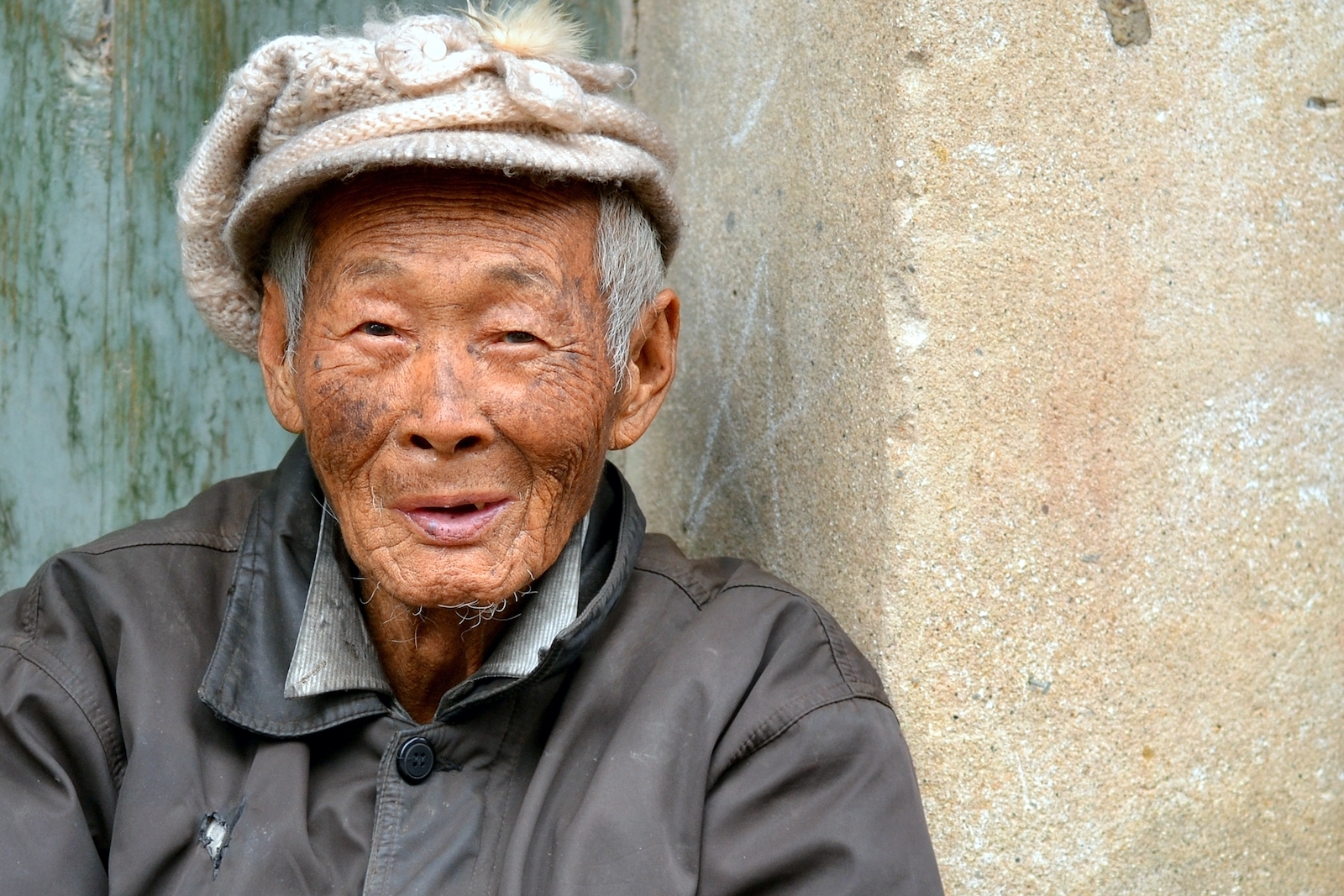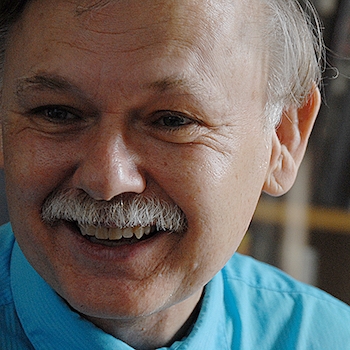
Books
‘Chasing the Chinese Dream: Four Decades of Following China’s War On Poverty’
I first encountered the Chinese Dream in 1976 in Taiwan when I quite literally received a sign from the heavens. Hundreds of leaflets from a mainland balloon rained upon me as I crossed a field on CCK Air Base in Taizhong. I could not read Chinese so wasn’t interested in them, but I was surprised that mainland farmers in the photos so closely resembled Taiwanese farmers. When I learned that both sides of the Taiwan Straits were quite literally one family, I determined someday to see the rest of China—but it took me 10 years to get there.
Over the years, as we awaited an opportunity to move to China, we often traipsed to Los Angeles’ Chinatown to buy copies of China Reconstructs (now China Today). The more I read about China’s advances in everything from industry and agriculture to health and education, the more I looked forward to seeing the changes myself, and in 1988, ten years after I’d left Taiwan, Sue and I finally moved with our two small sons to Xiamen University to study Chinese.
‘Chasing the Chinese Dream: Four Decades of Following China’s War On Poverty’ https://t.co/mWEEhsJE4L #China #povertyalleviation #history @SpringerNature
— ThePRFreelancer (@theprfreelancer) November 3, 2021
We felt right at home in Xiamen because it was only 100 miles across the Straits from our former home of Taizhong, and both sides shared the same dialect and customs. But though we loved the place and people, living conditions were a challenge.
Today, Xiamen has received so many international honors as a modern livable city that it is hard to believe what this island city was like in 1988. We had almost daily water and power outages. Roads were narrow and potholed, and buses belched black smoke that poured up from cracks in the wooden floors. There were few stores and good items were usually sold out before we could get to them, leaving only the centrally distributed products that no one would buy. I bought a three-wheeled pedicab to help us seek staples like toothpaste and toilet paper.
It took over a month to get permission for a pedicab because they thought I’d use it for business. It was even harder to get a phone. I paid over $450 and waited three years for it to be installed.
Yet in spite of the challenges, Xiamen people were cheerful because living conditions were already better than any had ever experienced and they were optimistic about the future—but I was curious if rural life was also improving.

Each evening, the TV station aired a short clip urging urbanites to not waste the food that farmers labored so hard to provide. The first scene was the poor farmer toiling at dawn in a rice paddy, then it showed an urban family eating a meal of several dishes and throwing away the leftovers, and the final scene was of the tired farmer at dusk with only a plain bowl of rice for supper. It was a powerful message. I vowed to be less wasteful—but I also vowed to see for myself how farmers really lived.
I dropped my Chinese study after one semester to help start Xiamen University’s (XMU) new MBA program, figuring I could study Chinese on my own, and the more I learned, the more I realized that China was nothing like the country portrayed by Western media. But when I wrote articles to refute some unfair criticisms of China, indignant foreigners complained, “You should not write about things you don’t understand. You’ve only seen coastal China. Inland provinces are not changing!”
“How would you know?” I asked. “You’ve never been there!” “Neither have you!” they replied.
They had a point. So in 1993, I bought a 15-passenger van and we drove 10,000 km around southeast China, and in 1994 explored another 40,000 km. We averaged only 25 km/h as we spent three months driving from Fujian up the coast and over to Inner Mongolia and the Gobi Desert, west to Qinghai and Tibet, and back to Xiamen through South China. I was surprised at the massive investments on roads, electricity, healthcare, and education even in the poorest corners of Ningxia, Gansu, Guizhou— places that even UNESCO officials had deemed hopeless. It was heartening from a humanitarian standpoint but as a businessman, I did not see how they could justify spending a fortune on such impoverished, relatively unpopulated regions. I slowly learned that China’s leaders were very farsighted.
The Chinese have long said, “Give a fish, feed for a day; teach to fish, feed for a lifetime.” Early on, China learned the hard way that simply doling out aid, though sometimes necessary, does not solve the root of poverty and can lead to dependency, so the nation shifted from “blood transfusion” to “blood production”—from aid to enablement. China taught the poor to fish by giving them an improved environment that fostered self-sufficiency so they could lift themselves from poverty. This approach showed that the government had tremendous faith in the people’s ability and motivation to seize new opportunities—and it paid off because Chinese people today are as industrious as their ancestors.

Over the years, I’ve collected hundreds of books and documents written by foreigners in China over the past few centuries, and they uniformly admired and respected both China’s system of governance and the people’s enterprising spirit—and that spirit is just as evident today.
China has had exceptional, visionary top-down policies but they have been successful only because of the bottom-up industriousness and ingenuity of people like my friend Madame Yang Ying. As a farm girl with only four years of schooling, her dream in 1981 was to earn 20 yuan a month as a Xiamen University professor’s maid—10 yuan to keep and 10 yuan to send home. She achieved that dream, then sold fish, cornered Xiamen’s market on pork, opened a rural credit union, invested in real estate, and today has several international schools, a biotechnology company, a bone-marrow bank for leukemia patients, and is helping to build 1,000 Hope schools for less advantaged children. She also supports every retiree in her hometown.
Most impressive to me is that, in both Old and New China, most of those whom I have met who rose from rags to riches give generously to help those still in rags. They are capitalists in business, but at heart, they exemplify the socialist spirit which says “no society is prosperous if any remain in poverty.”
China also has the world’s largest online community and a booming rural e-commerce business with over 4,000 “Taobao Villages” (villages earning at least 10 million yuan yearly from e-commerce).
All nations struggle with urbanization, with over half of the world now in cities, but in China, many are returning from cities to seek their fortune in their hometowns thanks to improved living conditions and government training, support, and subsidies for rural entrepreneurs. But such precision poverty alleviation, from national to village and even household level, has been possible only because of the dedication and sacrifices of China’s First Party Secretaries.
My hope is that the rest of the world can learn from China’s experiences because all people are dreamers. We all dream of a better life of peace and prosperity for our families and descendants. But for the first time in recorded history, we have an example of how to make this dream a reality. And not only do each of us have a part to play but, and this is important—there are no small parts.
